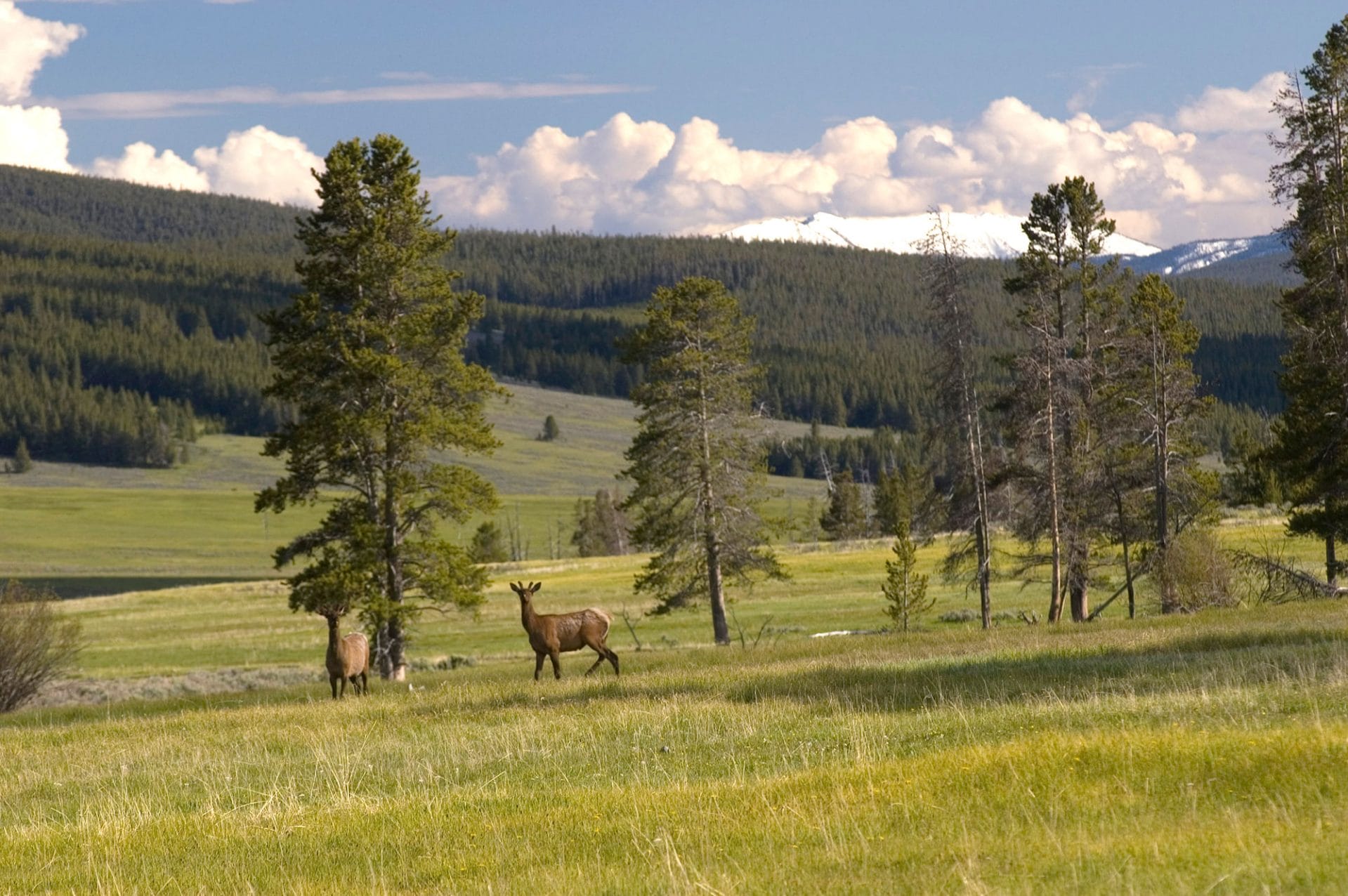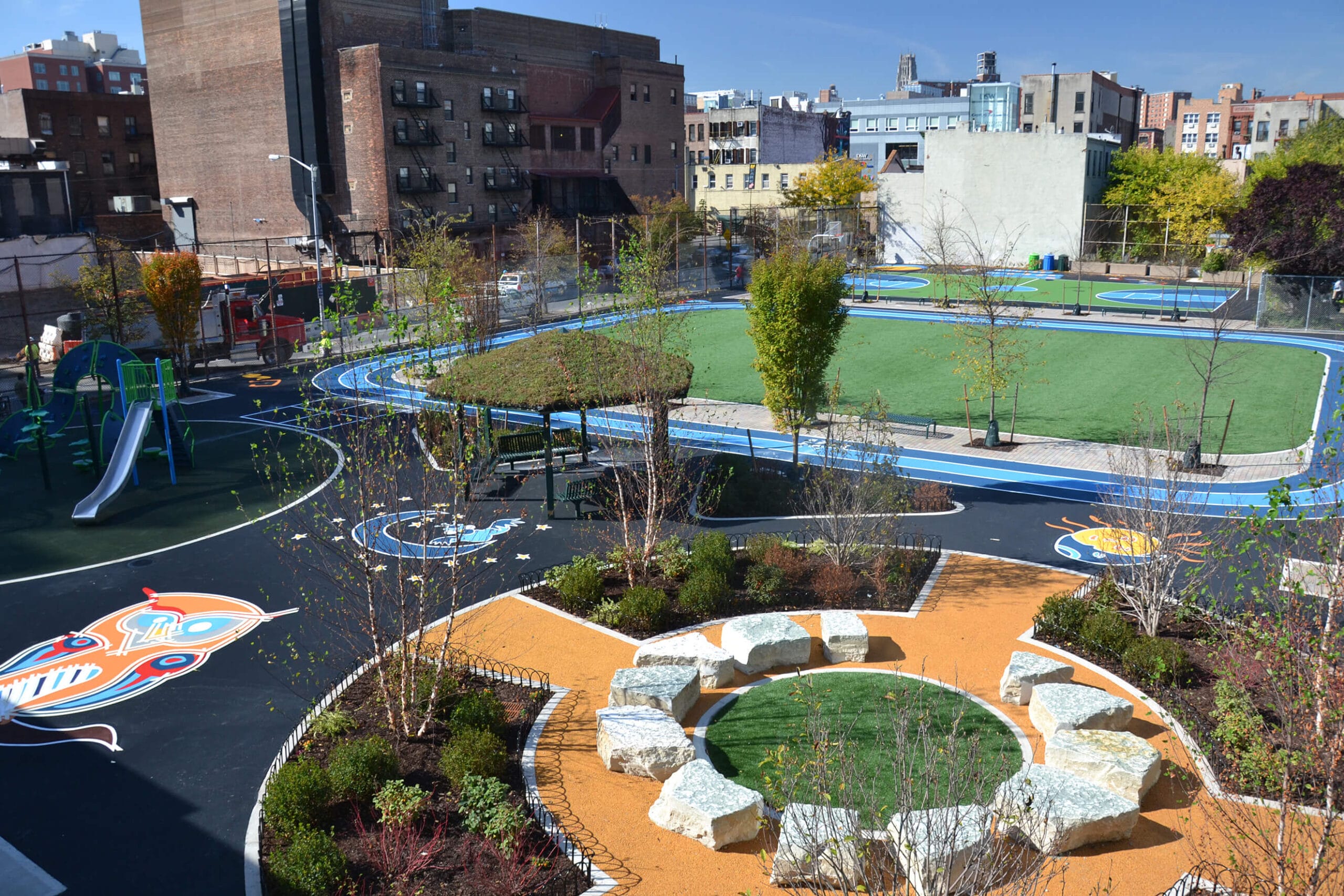
The national parks: whose backyard?
The national parks: whose backyard?
Say you’re out exploring in your favorite national park—skirting the base of a rock formation in Joshua Tree, or making your way to the windswept coast at Acadia. You’re just getting into a rhythm when the trail takes a turn and you see, instead of an empty horizon, a house and driveway. Huh, you think. How’d that get there?
Chances are, you’ve stumbled upon an inholding: a privately owned piece of land within the boundaries of the park. Even the most celebrated of our public lands face threats from this kind of development, which can impact trail access, water quality, and habitat health—not to mention interrupting your hike.
Inholdings can also pose a challenge to efficient management of public land, for example, by driving up the cost of building infrastructure and controlling wildfires. With the value of these properties on the rise, they’re often a top priority for conservation. That’s why we’re working with the National Park System and private landowners to protect the most important sites for everyone to enjoy. Here’s a few examples:
Rocky Mountain National Park

Photo credit: Dave Long
Rocky Mountain National Park celebrates its 100th year in 2015: we can think of no better birthday present than conserving an inholding that would provide new public access to the Fall River. For visitors driving in from nearby Estes Park, the property’s pristine montane forest is the sight that greets their arrival. If we’re successful, that will still be the case in another hundred years.
Zion National Park

Photo credit: National Park Service
Movie buffs might recognize Zion’s Cave Valley from Butch Cassidy and the Sundance Kid. The level ground and access to water make it an enticing spot for private development—but construction here would mar the view from a popular trail that runs to Kolob Arch. We’re working to safeguard several unprotected properties in the valley and keep the desert backdrop pristine.
Glacier National Park

Photo credit: National Park Service
Some inholdings boast a rich human history: the Doody Homestead, former residence of one of Glacier’s first park rangers, has a colorful story you’d find only in the American West. Recently protected with help from The Trust for Public Land, it’s now a favorite stopping point for whitewater rafters on the Flathead River.
In many cases, projects like these are made possible in part by the Land and Water Conservation Fund—a critical source of support for public spaces from the National Parks right down to your neighborhood playground. The fund is up for renewal in September: learn more about how it works, and what you can do to help it survive.


Donate to become a member, and you’ll receive a subscription to Land&People magazine, our biannual publication featuring exclusive, inspiring stories about our work connecting everyone to the outdoors.
See how our supporters are helping us connect people to the outdoors across the country.











